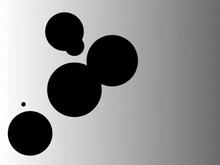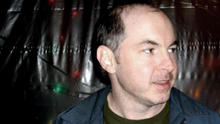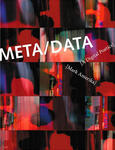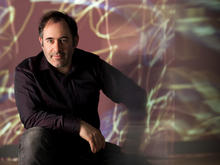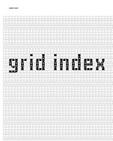Tim Wright
is a musician, composer and video artist based in York. He has also been exploring generative and algorithmic approaches to audio visual composition.
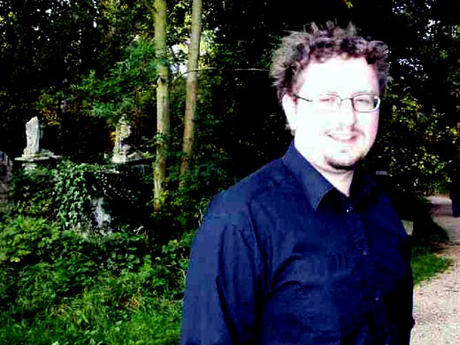
Tim Wright is perhaps best known as a producer of unusual electronic dance music released under his own name and the pseudonym Tube Jerk. His music has been released by some of the key labels in the field including Tresor, Novamute, Sativae and GPR.
His recordings in the early 1990s as Germ for GPR are considered to have been pioneering in the then nascent IDM scene. Innovative and uncompromising, surreal and often disorientating, Germ offered glimpses of possible musical futures which have never been fully realised. Subsequent work retained something of the Germ signature sound, but was aimed squarely at the adventurous dancefloor. Remix credits range from Scorn through Cristian Vogel to Laurent Garnier and Goldfrapp. He has performed live extensively in Europe, in Japan, Australia and the US with notable dates including Sonar by Night and Transmusicales in 2004.
Tim currently works as a sound engineer and composer with Japanese choreographer Saburo Teshigawara and Karas, having contributed music for installations at the Yokohama Triennale 2008, the Shanghai Zendai Museum of Modern Art and the Ikon Gallery in Birmingham. He is also a founder member of Sand (Soul Jazz Records).
In recent years Tim has in some respects returned to his experimental roots and has been exploring generative and algorithmic approaches to audio visual composition.
His most recent album, The Sick Rose, recorded with Monika Naceva was nominated for a Grammy as Best Electronic Album of 2010 in the Czech Republic, with two of the tracks making number 1 on the Czech Radio 1 top 40.
Source: Tim Wright


